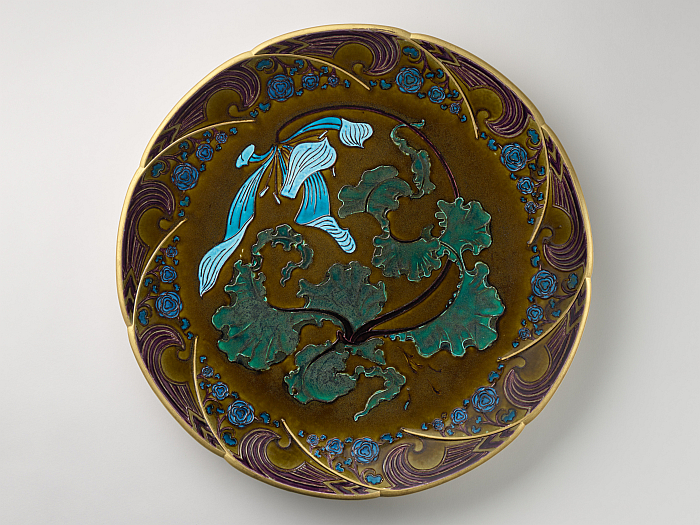August 2024 is Olympics, or at least the first half is. And while, yes, you could stay home and watch events in Paris unfold from the comfort of your sofa and fridge, you could also undertake a little cerebral, contemplative, conceptual, fencing, judo, weightlifting, skateboarding, and/or gymnastics of your own.
Go for that inner gold!!! Seek to become a new personal best!!!
Our five recommended cultural sporting venues for August 2024 can be found, not in Paris, or at least not directly, but in Thun, Melbourne, Maastricht, Värnamo and Philadelphia.....
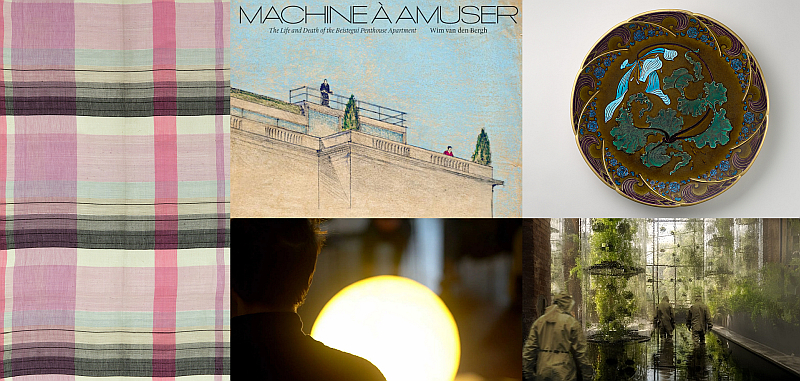
As oft noted in these dispatches, the popular narratives and biographies of the Bauhauses and the Bauhäusler tend to be very static and linear, were written a long time ago, haven't changed and tend to inhibit interactions beyond the established. A state of affairs that not only denies the Bauhauses and the Bauhäusler control of their biographies but for all denies us all the more probable insights into the development of creativity, and of culture and society, and the resulting better understandings of where we all are at and why, that could, would, be enabled by more proactive, winding narratives and biographies.
With Gunta Stölzl and Johannes Itten. Textile Universes Kunstmuseum Thun promise to initiate just such a loosening and bending through a presentation that not only aims to elucidate that Johannes Itten was more than colour, painting, the Weimar Vorkurs or the troubling world view of Mazdaznan, and that he was also very much textiles, nor only help assist Gunta Stölzl's post-Bauhaus biography and manifold work and experimentation in Switzerland to take its place alongside, and in context of, her popularly known Bauhaus era work and biography, but for all allow Stölzl and Itten to once again pick up the dialogue and discourse they undertook and led over many decades, starting in Weimar and continuing in Switzerland, and which was important in the development of the positions, approaches and works of both. Not only in context of textiles, but also in context of textiles.
Textile positions, approaches and works developed and advanced by Stölzl and Itten that were also important in the development of textile craft and industry in 20th century Switzerland; and a dialogue and discourse between Stölzl and Itten that Kunstmuseum Thun have, claim to have, the presentation will occur in Textile Universes, expanded and extrapolated to a network, a universe, of some 100 textile designers, thereby illustrating the ongoing relevance and legacy of two canons of work that are only very rarely publicy discussed. And even less rarely discussed in context of, and in conjunction with, the another.
Gunta Stölzl and Johannes Itten. Textile Universes is scheduled to open at, Kunstmuseum Thun, Thunerhof, Hofstettenstrasse 14, 3602 Thun on Saturday August 17th and run until Sunday December 1st. Further details can be found at https://kunstmuseumthun.ch

In 2017 the State Government of Victoria passed the Yarra River Protection (Wilip-gin Birrarung murron) Act, legislation which defines the Yarra River, Birrarung, and vicinity, as a "living and integrated natural entity" i.e. established in law the right of the Yarra River, Birrarung, and vicinity, to exist, its right to life as an autonomous entity, and thus an example of numerous contemporary pieces of legislation, and unsuccessful/ongoing legislative attempts, to bequeath the natural environment rights akin to those afforded humans by way of seeking to protect the natural environment from the actions of humans. Allowing the natural environment the right to protect itself through the courts, to sue for its rights.
A Yarra River, Birrarung, that lest we forget winds and weaves its way through Melbourne and thus is as much an urban river as is a rural river; and is a river that has a relevance and importance for all of residents of its route, not least for the Wurundjeri, those guardians of Birrarung, Yarra River. If not directly comparable relevances and importances. And thus making co-existence with Birrarung, Yarra River, a highly complex issue.
And a Yarra River Protection (Wilip-gin Birrarung murron) Act that also foresaw, demanded, the forming of "an overarching policy and planning framework to coordinate and harmonise planning for the use, development and protection of the Yarra River, its parklands and other land in its vicinity"
In many regards Reimagining Birrarung. Design Concepts for 2070 can be understood as a component of the development of that harmonic framework, promising as it does a presentation of proposals by 8 Australian architecture and design practices on possible future scenarios, possible ways forward for Birrarung, Yarra River, and all who call it home; a presentation that promises to mix the hereditary knowledge of the Wurundjeri with contemporary science and technology, but also re-thinkings of legal, civic, social structures and frameworks and conventions by way of enabling novel approaches to human co-existence with the Birrarung, Yarra River, and its inhabitant.
And thus an exhibition which aside for allowing insights into possible urban and spatial planning realities in Melbourne and environs, should also provide important, and instructive, insights into how relationships with the natural environment could be designed if we moved from the contemporary position of ownership of and power over the natural environment to one of approaching the natural environment as an equal partner, with equal rights, and an equal say. And thereby an exhibition that could contribute to other ongoing global debates on the legal status of natural ecosystems.
Reimagining Birrarung. Design Concepts for 2070 is scheduled to open at The Ian Potter Centre, National Gallery of Victoria, NGV, Fed Square, Melbourne VIC 3000 on Friday August 23rd and run until Sunday February 2nd. Further details can be found at www.ngv.vic.gov.au
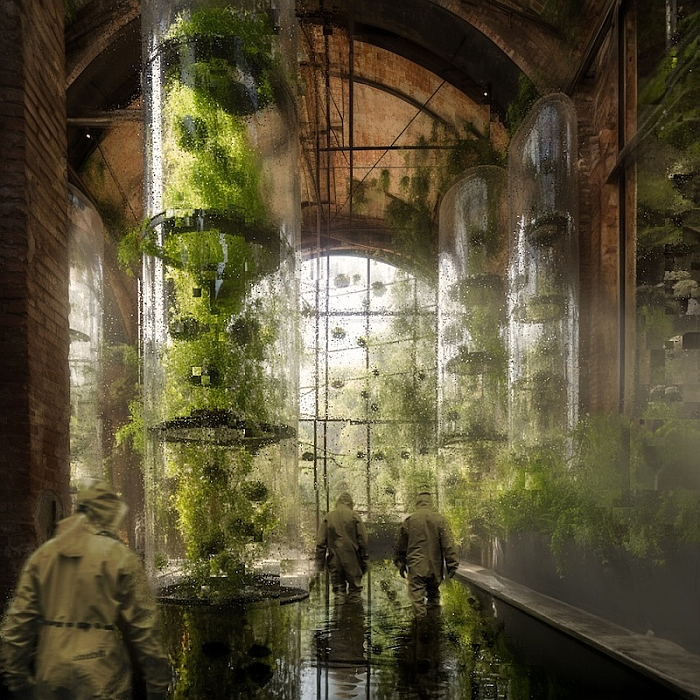
For all that the architectural oeuvre of Charles-Édouard Gris a.k.a. Le Corbusier is regularly discussed and presented it does contain an awful lot of very infrequently discussed and presented projects, including numerous that are not only as informative and instructive as the regularly presented projects but which offer alternative insights into the person, architect and designer Le Corbusier.
Projects such as Le Corbusier and Pierre Jeanneret's 1929-1932 penthouse villa for that leading figure of the haute bohème of early 20th century Paris, Carlos de Beistegui; a penthouse project developed on a rooftop high above the Champs-Élysées; a penthouse that was both indoor and outdoor spaces; a penthouse that as the exhibition's title implies was conceived as a machine à amuser rather than a machine à habiter, a machine for amusement not a machine for living, a machine for parties and hospitality, not a machine for the mundane banality of everyday existence. Early 20th century Paris haute bohème ¯\_(ツ)_/¯
Based on a recently published book of the same name by Dutch architect and architecture professor Wim van den Bergh, Machine à Amuser promises to not only introduce the Beistegui penthouse and the myriad features of its indoor and outdoor spaces, including, for example, a hedge that at the push of a button rolled away to reveal a view of the Champs-Élysées, one of numerous examples of electronic follies that not only remind that Carlos de Beistegui was closely associated with many leading Surrealists of the period, but which also don't sound like Le Corbusier.
And aren't.
Or not voluntarily. Not instigated by Le Corbusier.
But then the story of the Beistegui Penthouse is also one of the relationship between Beistegui as client and Le Corbusier as architect: an architect who did develop numerous aspects of the interior and exterior spaces of the penthouse, and also used the opportunity afforded by the commission, and no doubt the wealth of the client, to experiment with many contemporary developments in context of construction and services, it was, lest we forget the late 1920s, there was a lot happening in terms of construction and infrastructure; but an architect who was also obliged to incorporate the whims of a, by all accounts, thoroughly out of control millionaire into his project. Which again is an unfamiliar perspective on a Le Corbusier who is generally considered to have always been in full control of his projects. Certainly never liked sharing the recognition for the success of a project.
And thus an exhibition which aside for allowing for some differentiated perspectives on the Paris of the late 1920s, and on the connections between the haute bohème and the avant-garde of late 1920s Paris, should for all help expand and deepen popular appreciations of Le Corbusier, architect and man.
And enable differentiated insights on the legacy of Le Corbusier's oeuvre, both during his life time and since his death.
Machine à Amuser. The Life and Death of the Beistegui Penthouse Apartment is scheduled to open at Bureau Europa, Timmerfabriek, Boschstraat 9, 6211 AS Maastricht on Friday August 9th and run until Sunday November 3rd. Further details can be found at www.bureau-europa.nl
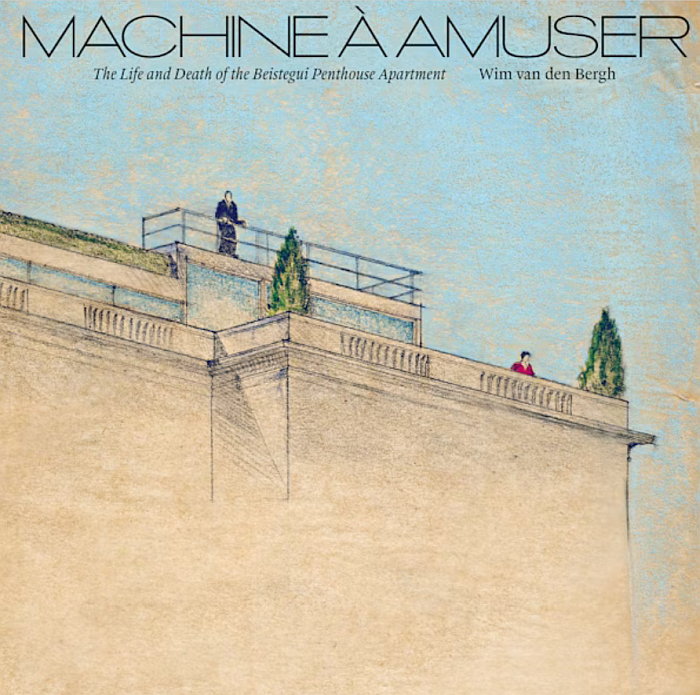
Amongst the many themes the exhibition Transform! Designing the Future of Energy at the Vitra Design Museum, Weil am Rhein, approaches was and is that of Future Energyscapes, of the integration of novel energy generation and distribution systems and networks into spatial and urban planning, the coexistence between how we generate and distribute energy and how we live, a subject that (hi)storically has not been without its difficulties and conflicts in terms of the realisation: no-one wants to live, work, relax, holiday, next to a power station or under an overhead electricity cable. Difficulties and conflicts that remain in context of renewable energy, wind turbines being perhaps the most obvious example.
Yet, as Transform! also made clear we all need, and all want, energy, ever more energy for our increasingly digital society, and so we needs must find ways to integrate energy generation and distribution into our lives, and for all in our spatial and urban planning.
In context of the project Sun In My BackYard, SIMBY, a play on the NIMBY, Not In My BackYard, that is so often a component of such discussions, RISE - Research Institutes of Sweden - a state-owned arms-length institution, initiated an exploration of ways in which solar power generation, distribution and use could be integrated into spatial and urban planning without the difficulties and conflicts.
With SIMBY – Sun in My Backyard Vandalorum will present a selection of proposals, prototypes and models developed by academic and industry practitioners in context of the SIMBY project, and in doing so seek to not only find ways forward for and with solar power on a daily basis, but also to increase acceptance for the novel energyscapes we'll need if we are to increase the share of our electricity won via solar power.
And while, yes, that could all sound a bit like a presentation as part of campaign advancing a dogmatic pro-solar ideology, it only does so if you approach it as such. If you approach it openly as a series of proposals, speculative future scenarios, brainstormings, with which you can agree or disagree, it is a component of a important debate that needs to be staged.
And just the sort of platform for discourse museum's should be in our contemporary age.
SIMBY – Sun in My Backyard is scheduled to open at Vandalorum Museum of Art & Design, Skulpturvägen 2, 331 44 Värnamo on Wednesday August 14th and run until Sunday September 15th. Further details can be found at www.vandalorum.se
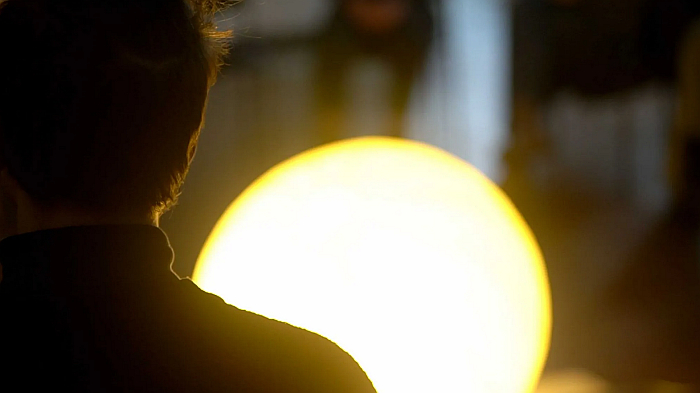
Philadelphia is the home town of DJ Jazzy Jeff & The Fresh Prince, and thus is also the official home of Summertime, and so where better to hang out in August and what better place to enjoy a
whereby in the case of Firing the Imagination it's not a break from
but from the accepted models and conventions of 19th century French ceramics.
A groove transformed and a break from the norm initiated and informed by, fired by, the ending in 1868 of Sakoku, that period of Japan's self-imposed isolation from the international community that since 1603 had essentially denied access to Japan, Japanese goods and Japanese culture, and whose lifting exposed European creatives of all hues to untold, novel, fresh, exciting stimuli, inspiration, methods, materials and solutions. And as such was an ending of Sakoku that was very important in the development of all cultural expressions in Europe, not least in the development of Art Nouveau in its various dialects.
Based on a recently acquired private collection of French ceramics by the likes of, and amongst others, François Laurin, Albert-Louis Dammouse or Félix-Joseph-Auguste Bracquemond Firing the Imagination promises to not only help elucidate how the impulses from Japan transformed appreciations of and approaches to ceramics in 19th century France, but also the ongoing relevance and legacy of that period in all spheres of creativity. And in doing so should also help underscore the global nature of the creative dialogue and the necessity of that global dialogue; that harm of isolationism for us all.
And also promising to contradict DJ Jazzy Jeff & The Fresh Prince through a potential argument that just 'cause it ain't broke, doesn't mean you shouldn't try to fix it. It may work better if you tinker with it a little chaps. Just puttin' that out there.
Firing the Imagination: Japanese Influence on French Ceramics, 1860-1910 is scheduled to open at Philadelphia Museum of Art, 2600 Benjamin Franklin Parkway, Philadelphia, PA 19130 on Saturday August 31st and run until Monday May 26th. Further details can be found at https://philamuseum.org
